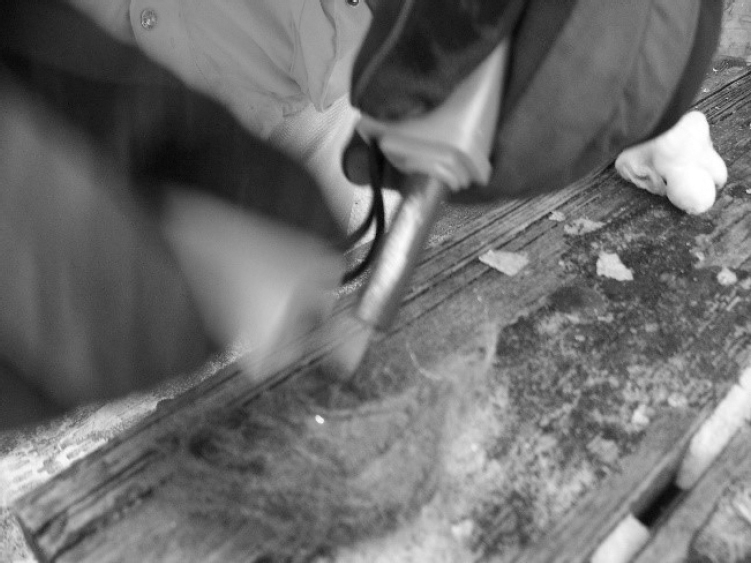
6 Is learning to start a fire with flint and steel or a fire-bow a must-have survival skill?
While visions of survivalists starting fires in the wilderness with flint and steel or using a bow and fire board are familiar, it is highly unlikely that you will have access to flint and steel or have the time and energy needed to start a fire with various primitive methods. Learning these methods can be fun and gratifying, but carrying magnesium fire starters, waterproof matches, or lighters at all time is far more valuable and effective. What you should practice is starting a fire from a spark from any source and building that into a sustainable fire.
A survivalist should be able to start and maintain a fire with just a few sparks, one match, or one small flame starting with a nest of fine dry grass, shredded paper, or other combustible materials. This you must practice and eventually master. You must blow the spark or first small flame into a small fire and then use that fire to ignite twigs. The twig fire consists of the slowly fed larger twigs, small branches, and eventually sustainable branches and logs. Piling on too much fuel too fast will smother the fire. Wet or damp fuel must be kept close so it can dry from the heat, but not used as fuel until it is thoroughly dry. The proper balance of fuel and airspace must be maintained to sustain combustion.

The fire train: Start by burning very fine dry tinder such as dry grass or pine needles; use their heat to ignite small twigs, then small branches, and eventually larger logs.

Sticking sparks from a magnesium fire starter into a next of dry grass.

This teepee formation will provide a good fuel/air mix. The initiating fire of smaller branches would go underneath.

Once you have sparks burning in the nest, you pick it up and blow into it until a flame develops.

An initiating fire under this spaced cabin will quickly start the logs burning. Never just dump logs onto a beginning fire.

A small fire here is drying the logs that are used as a windshield and reflector. As they dry and are used, new logs are placed there to dry. Credit: Bing